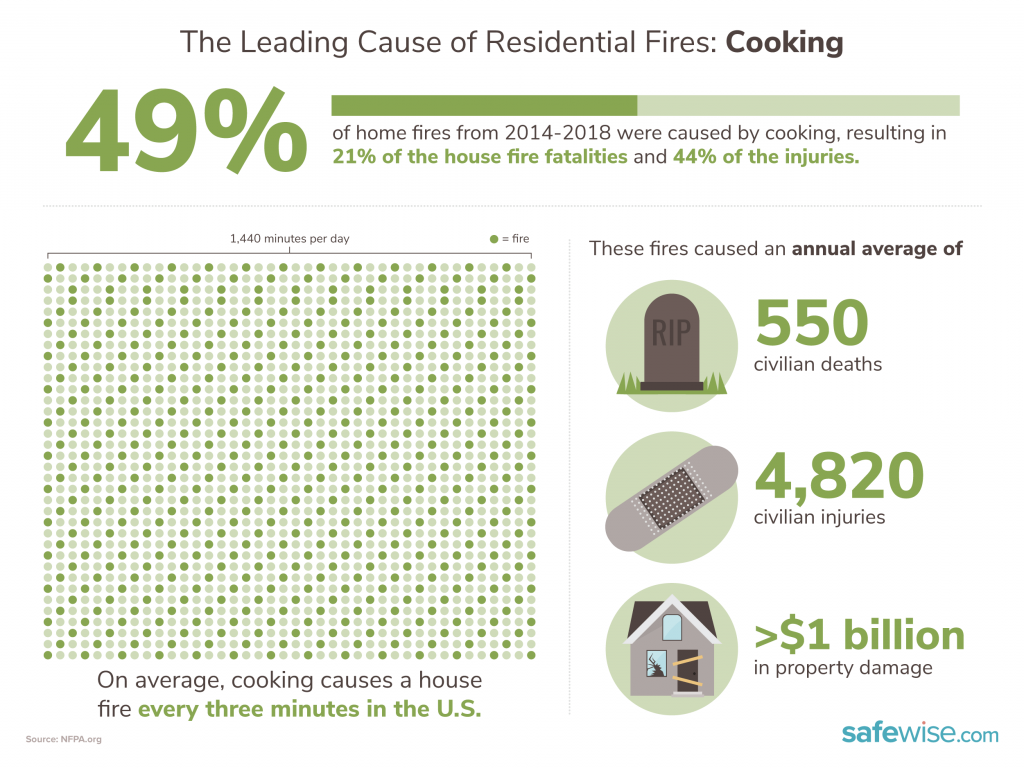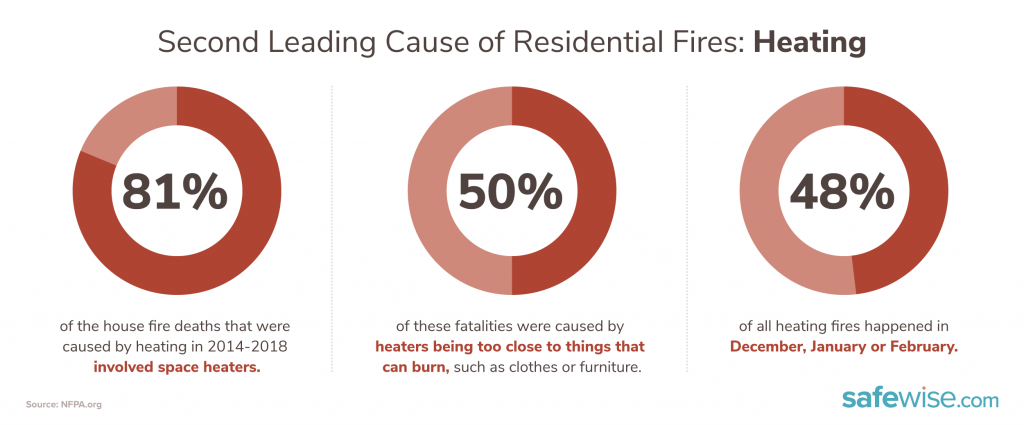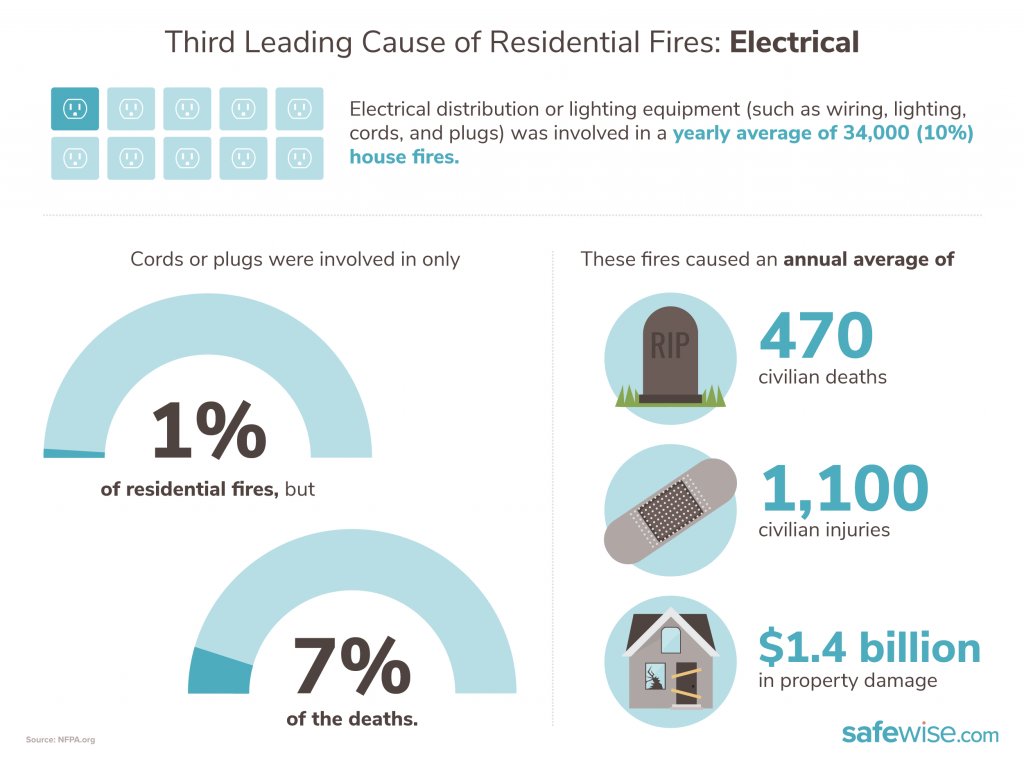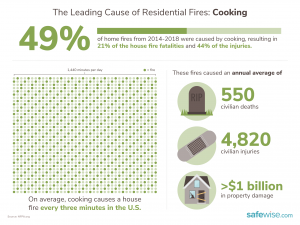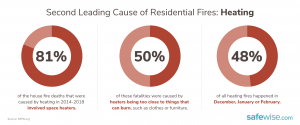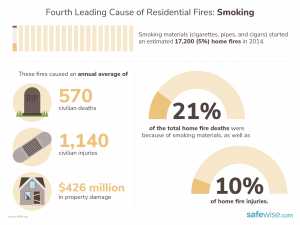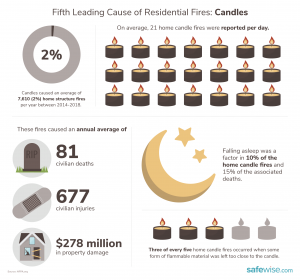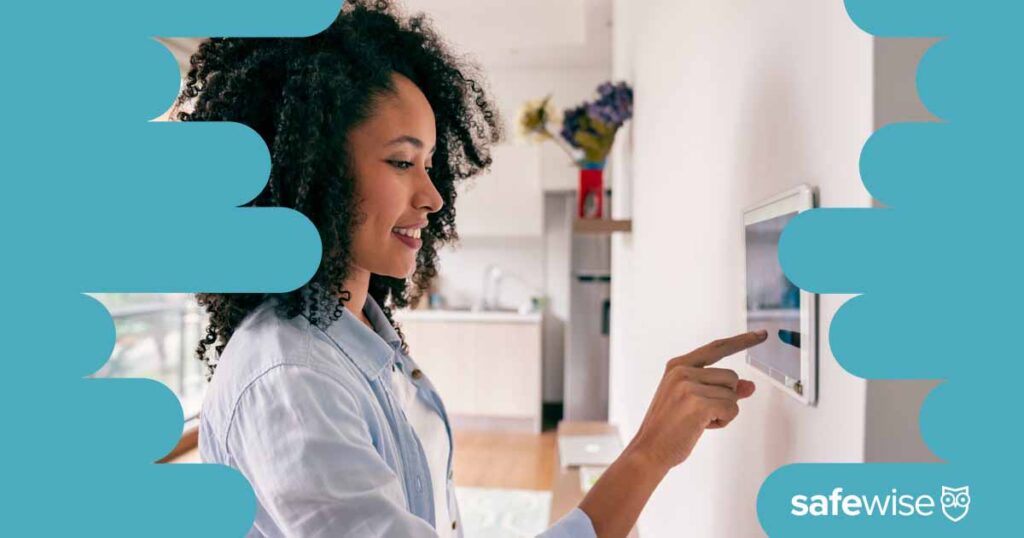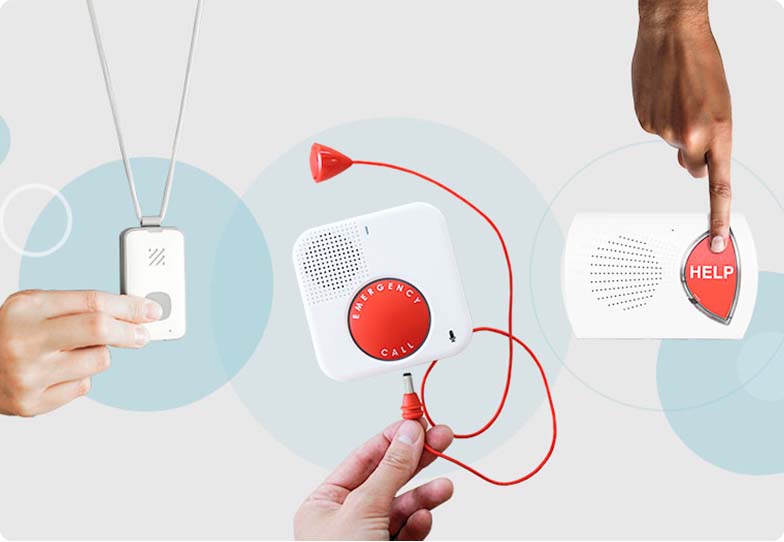Emergency escape plans save lives. Do you have one for your home? Knowing what to do in a fire can make getting out safe easier.
First, start by drawing a map of your home including windows, doors, and hallways. Identify main emergency exits like the front and back door. Come up with a primary emergency escape route and then contingency routes to follow if one way is blocked.
Remember, in an actual fire, flames, and smoke can make passageways impassable, so it’s important to think this through when planning an escape route. For instance, if you have upper floor bedrooms, you can buy fire ladders that unravel to help people escape quickly.
Once your fire escape plan is ironed out, try a fire drill. Again, use different scenarios to achieve better preparedness. For starters, have everyone lie in their beds to simulate a night fire. Then, practice escaping from common areas like the kitchen and living room.
Also, consider the fact that smoke can decrease visibility significantly. Try a fire drill in complete darkness or with everyone’s eyes closed. Practice counting doors and sensing your whereabouts by touch instead of sight. The more practice you have in more scenarios, the better prepared everyone will be in an actual emergency.
